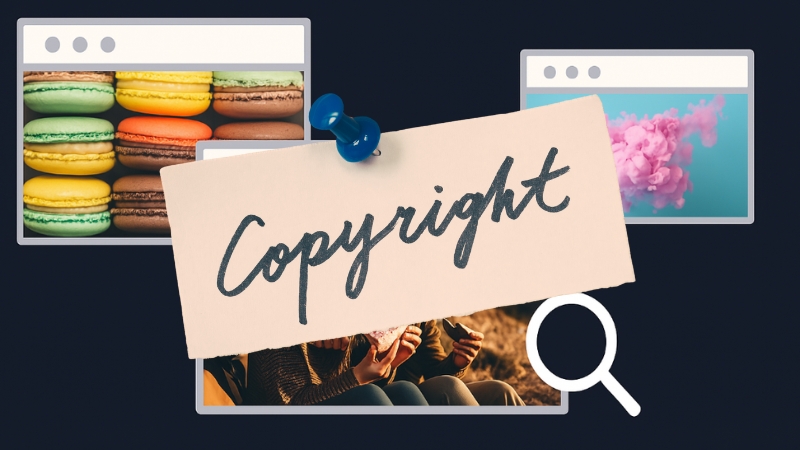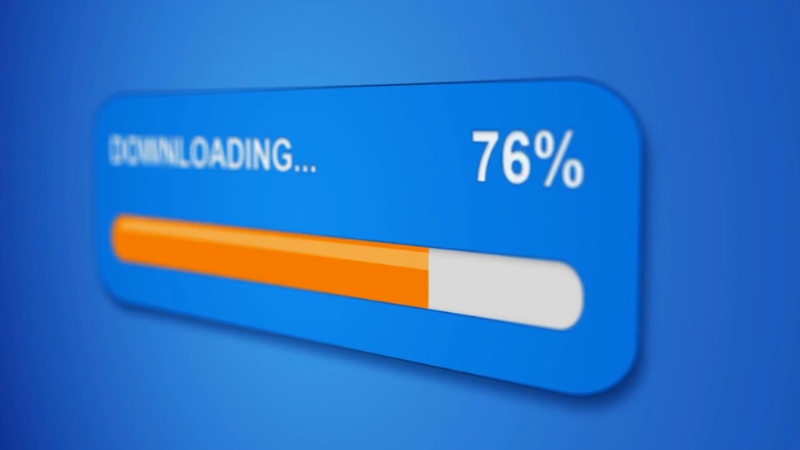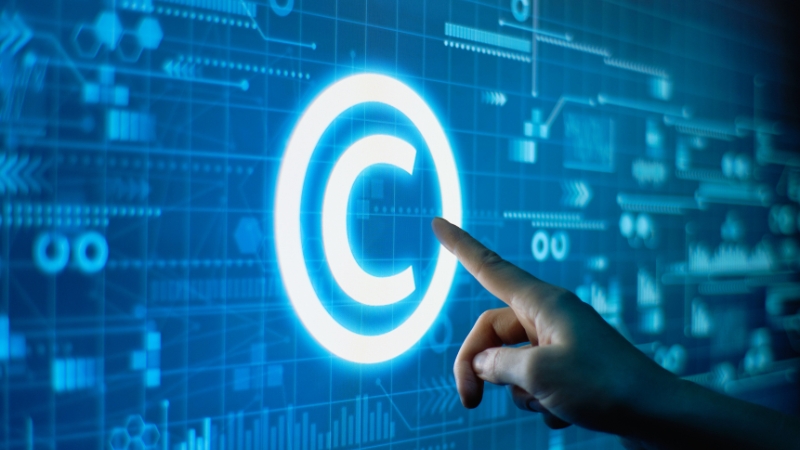In a time where content is just a tap away, figuring out what’s fair game and what’s not can be a bit confusing.
So, let’s break it down.
How should you handle copyright when it comes to online images?
The first thing to understand before using any image you didn’t make yourself is this: by default, most of them are protected by copyright laws.
Not too surprising, right?
But things can get trickier when you’re dealing with images found online. Websites may have their own rules about how their images can be used. We’ll circle back to that shortly.
Recognizing Copyright

First off, there’s one symbol you’ll want to keep an eye out for: ©. Ring a bell?
That little mark stands for copyright, and it’s used to signal that the work is legally protected.
But here’s the thing — even if you don’t see the symbol in the image’s info, that doesn’t mean the image isn’t copyrighted. In most cases, the copyright status is still tied to the image, often hidden in the metadata.
So before you hit “download,” make sure you check whether the image is actually allowed to be used the way you plan to use it.
How to Use Online Images Without Trouble
So, how can you stay on the safe side when using pictures from the internet?
Well, the safest bet is to have clear, direct permission from either the original creator or the site that’s hosting the image.
But let’s be real — tracking down the photographer for every image you find online and asking for approval? That’s not exactly practical.
Thankfully, there are other ways. One option is to use images downloaded straight from the creator’s own website if the site clearly states the image is available for public use. Just keep in mind — the creator has to allow third-party usage too, not just general viewing.
Now, you might assume that platforms offering images have already sorted out the rights. Bad news:
That’s not always true. Some platforms don’t actually have the necessary rights cleared. And what does that mean for you?
If you end up using an image without proper licensing, you could face anything from being asked to purchase a license to receiving a fine — or in the worst-case scenario, facing legal action. On top of that, you might be forced to pull down any campaign or content where the image was used.
Yeah… that could seriously hit your wallet.
That’s why we always advise checking the “terms and conditions” before grabbing images from any online source.
Image Licenses: What They Mean and How They Work
To figure out whether you can actually use images found online, you need to know what kind of license they fall under. Here are the main types you’ll come across:
Copyright – This is the strictest type of license, and it applies by default if the creator hasn’t chosen a different one. In short, if an image is under Copyright, you’ll need to ask for permission and probably pay the creator in order to use it.
Copyleft – Introduced in the early ’80s, Copyleft is basically the flip side of Copyright. It’s meant to give everyone the freedom to use, tweak, and share work — as long as they follow the usage and distribution rules set by the original creator.
Creative Commons (CC) – This one gives creators flexibility. They can choose which rights to keep and which to give away. Just a heads-up: even if an image has a CC license, Copyright can still apply too. Since CC is widely used online, here’s a quick breakdown of what it usually involves:
Attribution, Non-Commercial Use, No Derivative Works, and Share Alike.
And then there’s CC0 — the creator waives all rights, meaning the work enters the public domain. You’re free to use it however you want, no strings attached.
Alright, now you know the types of licenses out there. But that brings up the next question:
What kind of licenses do image platforms actually use? And what restrictions come with them?
What Stock Photo Sites Don’t Tell You About Their Licenses
@carolinevencil Reply to @melondesign #canvatips #graphicdesign #graphicdesigner #templates #printables #designtips #wahm #workingmom #stockphotos #blog #blogger ♬ Stories 2 – Danilo Stankovic
Just because a stock photo website currently offers images under a CC0 license doesn’t mean it will stay that way forever. Let’s be honest — the word “free” is a great way to attract users. But over time, offering unlimited free content just isn’t sustainable.
And that’s usually when things start to shift.
Some platforms eventually tighten their licensing terms. And here’s the catch: if they update their rules and decide certain images are no longer allowed for specific uses, you’re expected to follow the new policy. This might mean halting your ad campaigns, paying for a subscription, or even shelling out per image download.
But don’t expect a big flashing warning sign.
Here’s the kicker:
These sites can update their licenses overnight — without clearly alerting users. And if you’re caught using an image against the new terms, you could end up with a fine.
Now, here’s a bit of good news: a CC0 license is permanent. If something was released as CC0, it stays that way — no take-backs. That’s a small win.
The real challenge is figuring out which images are actually CC0 and which ones aren’t. As we mentioned earlier, just because there’s no copyright symbol doesn’t mean the image isn’t protected. Technically, all changes should be laid out in the platform’s “terms and conditions” — but don’t count on the site putting out a headline about it.
Yes — Copyright Has Exceptions Too

In case you’re wondering:
Yes, there is an exception that could potentially protect you from legal trouble in the future. While a court would have the final say, there are four key factors that help determine whether your use of a copyrighted image is acceptable under the law:
- The impact on the market for the original work — does your use harm the creator’s ability to profit from it?
- The nature of the image — is it factual or creative in nature?
- How much of the image was used — a small portion of the entire thing?
- The purpose behind your use — this is the most important one. If you’re using the image for educational, commentary, or research purposes, you may fall under what’s called “fair use.” For example, using an artwork image to illustrate a discussion about it is generally more acceptable.
Some Lesser-Known Facts About Image Copyright
We’ve all heard of image copyright, but there are a few lesser-known facts that might help you get a clearer picture of how it really works:
- There’s an ongoing debate about whether digitizing an old photo gives it a new copyright. In the EU, the answer is no — as long as the goal is simply to provide a cleaned-up copy or reproduction.
- In several European countries, copyright lasts 70 years after the creator’s death. This is often referred to as “life plus 70.”
- Copyright law usually covers two types of rights:
Economic rights, which relate to reproducing, distributing, or altering the image, and
Moral rights, which protect the author’s name, reputation, and original expression. - Even though many copyright laws are similar around the world, there are still differences. That means something legal in one country might actually be a copyright violation in another.
Still Want to Download Images from the Internet? Here’s What You Should Know

If your goal is to play it safe…
These days, there’s no shortage of sites advertising “free images for download.” And sure, they get tons of traffic from people looking for eye-catching visuals for their content.
But here’s the catch:
Not all of these platforms are as legitimate as they seem. Some don’t actually have the rights to distribute the images they’re offering.
Worse, in many cases, they haven’t secured permission from the individuals appearing in the photos — which can become a major legal issue, especially if you’re planning to use the images for commercial purposes.

